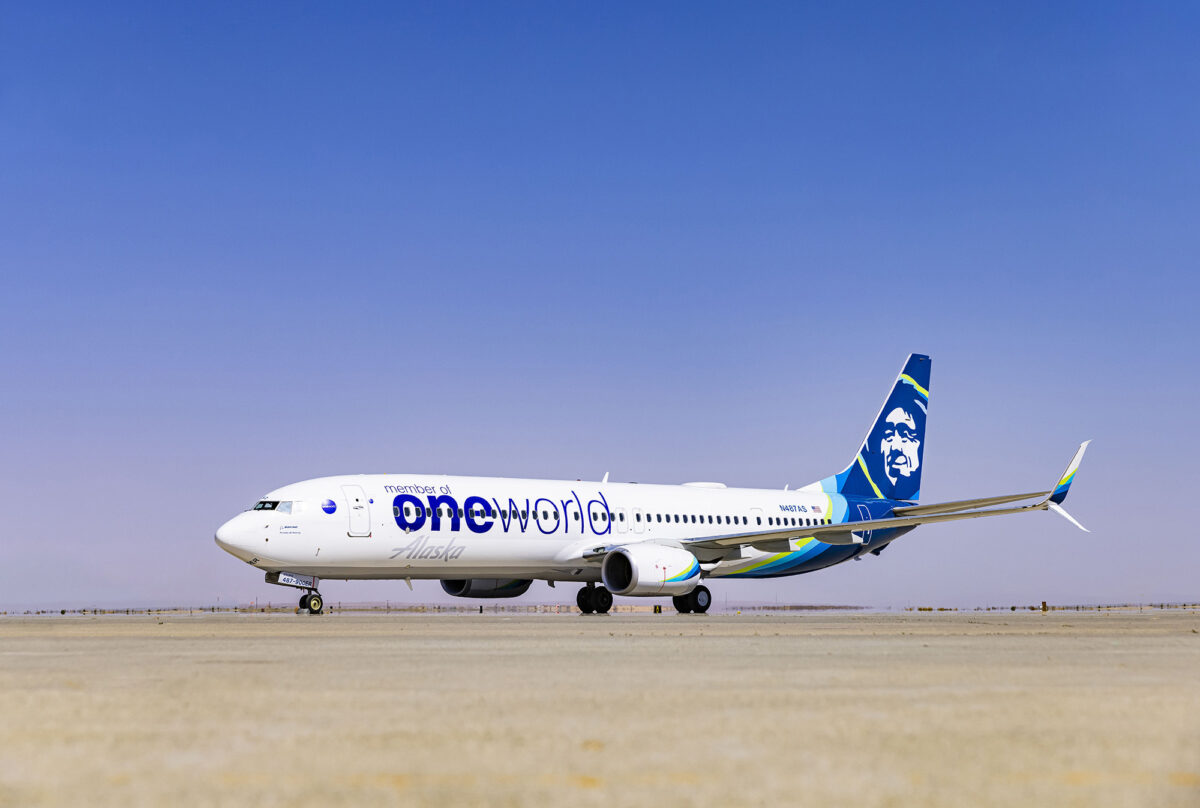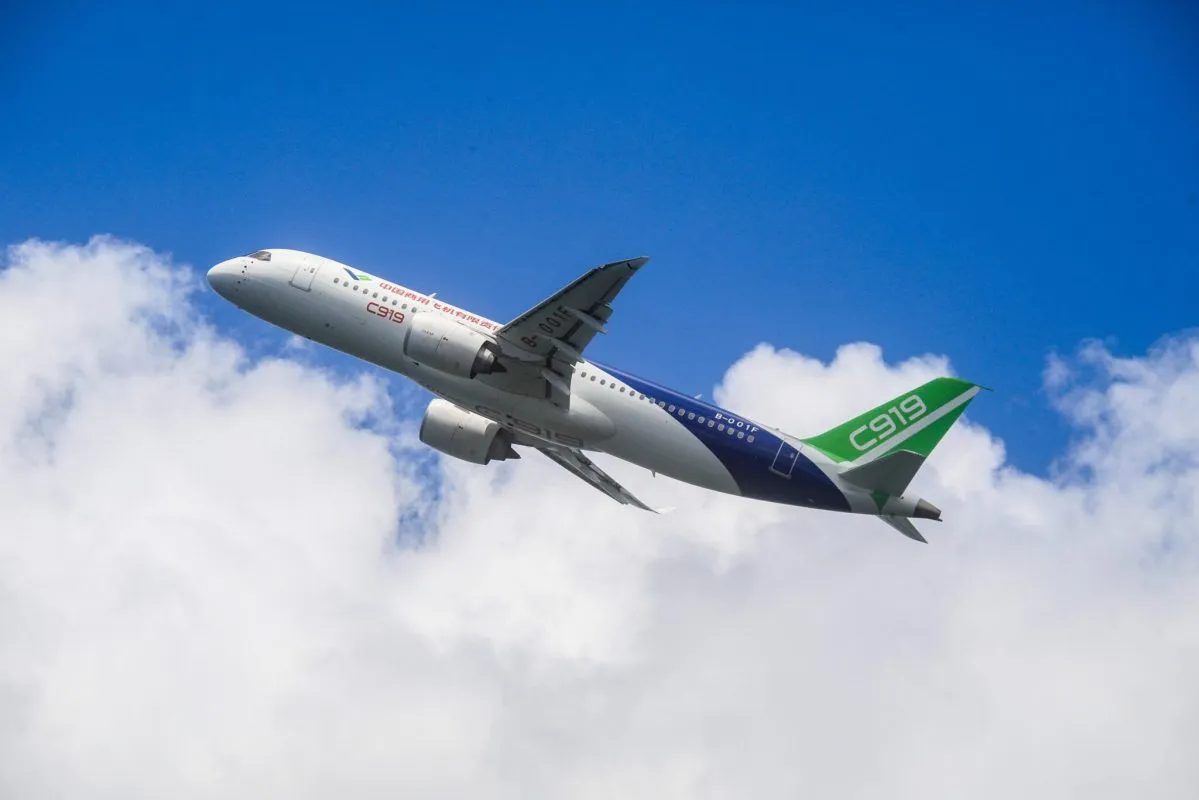Marriott Is Already Reopening China Hotels During Coronavirus Crisis

Skift Take
As Marriott International goes, so goes the global hotel industry. The sector's largest player has had its China operation annihilated by the coronavirus crisis, but is already seeing positive signs of a return to normal.
So much so that the chain has started to open hotels that had been closed in China, executives said. They didn't say where, or specify how many.
"This will pass, and when it does, the impact to our business will quickly fade," said Arne Sorenson, CEO of Marriott International, on the company's fourth quarter earnings call Thursday.
>> Get the Latest on Coronavirus and the Travel Industry on Skift's Liveblog
The company's revenue per available room in greater China has declined about 90 percent across 375 properties with 122,000 rooms. Greater China represents about 9 percent of the company's global rooms and 90 of those hotels are currently closed.
February revenue per available room in Asia Pacific at large is down about 50 percent year-over-year, showing the broader impact of the coronavirus crisis on Marriott's business. While a rapidly growing region for the company in terms of rooms, it isn't a huge moneymaker even as business has declined since January.
The reality is that North America drives a great portion of the company's revenue and Chinese travelers account for less than 1 percent of their customers there. The big losers are hotel owners and operators across Asia Pacific, which were already dealing with weak demand before the outbreak.
"I think even though we would expect this will be messy for the next few weeks, if not, maybe the next few months, we'd go back to what we've said before, and that is that this will end," said Sorenson. "It's clear that it will end. We can't tell you when it will end. But when people start to get confidence that they don't need to be worried about picking this up if they're thinking about going to Seoul, for example, that travel will come back, and it will probably come back fairly quickly."
A Tough Outlook
The company's financial outlook has not been updated to reflect the impact of the coronavirus outbreak since the situation is ongoing; it still expects flat revenue growth on a per room basis but stronger earnings per share than in 2019.
Looking back the the fourth quarter of 2019, Hong Kong revenue per available room dropped 54 percent as a result of ongoing strife there and Asia Pacific grew just 0.3 percent as a market.
"From a financial perspective, 2019 gross fees earned in the Asia Pacific region totaled $477 million, representing 12 percent of our global gross fee revenue," said Leeny Oberg, chief financial officer of Marriott International. "Greater China generated about half of the fees in Asia Pacific, representing roughly 6 percent of both global fees and total adjusted EBITDA. Our base case model assumes Asia Pacific and fees in 2020 will total roughly $500 million to $510 million, with greater China fees, again, constituting about half of that amount. Assuming the current low occupancy and RevPAR levels in the Asia Pacific region continue, we estimate the region will earn roughly $25 million less in fees and EBITDA per month as compared to our 2020 base case."
The company's operating income dropped from $422 million in the fourth quarter of 2018 to $274 million in 2019. Systemwide revenue per available room saw limited growth of 1.1 percent, with 1.5 percent outside of North America.
The company's fee revenue, which makes up the vast majority of its revenue, grew 7 percent to $974 million in 2019, though. While revenue growth on a room basis is flat, it seems, the company's franchising business remains strong overall as it added 79,000 rooms worldwide.
Some Good News
In the good news category, the company's Marriott Bonvoy loyalty program is performing well. Marriott had 141 million Bonvoy members at the end of January and paid room revenue from members increased 11 percent in 2019.
While the company spent more on promoting Bonvoy than it took in from the program over the course of the year, it is expected to contribute positively to its bottom line in 2020 as marketing spend declines.
"There was some pent-up demand relative to our customers being excited about being able to explore all of our properties and use their points at a much more expanded portfolio," said Oberg. "We also had the introduction of Bonvoy, which moves some timing of marketing expenses from 2018 to 2019. And you put that together, and I think in the first year of the program, you definitely saw a fairly unusual pattern for the program. We are quite confident that, that will smooth out over time and return to its more normal pattern."
Sorenson also noted the progression of his cancer treatment, for which he is currently undergoing chemotherapy.
"While I am now fashionably bald, I feel really good," said Sorenson, noting the positive prognosis from his doctors.




